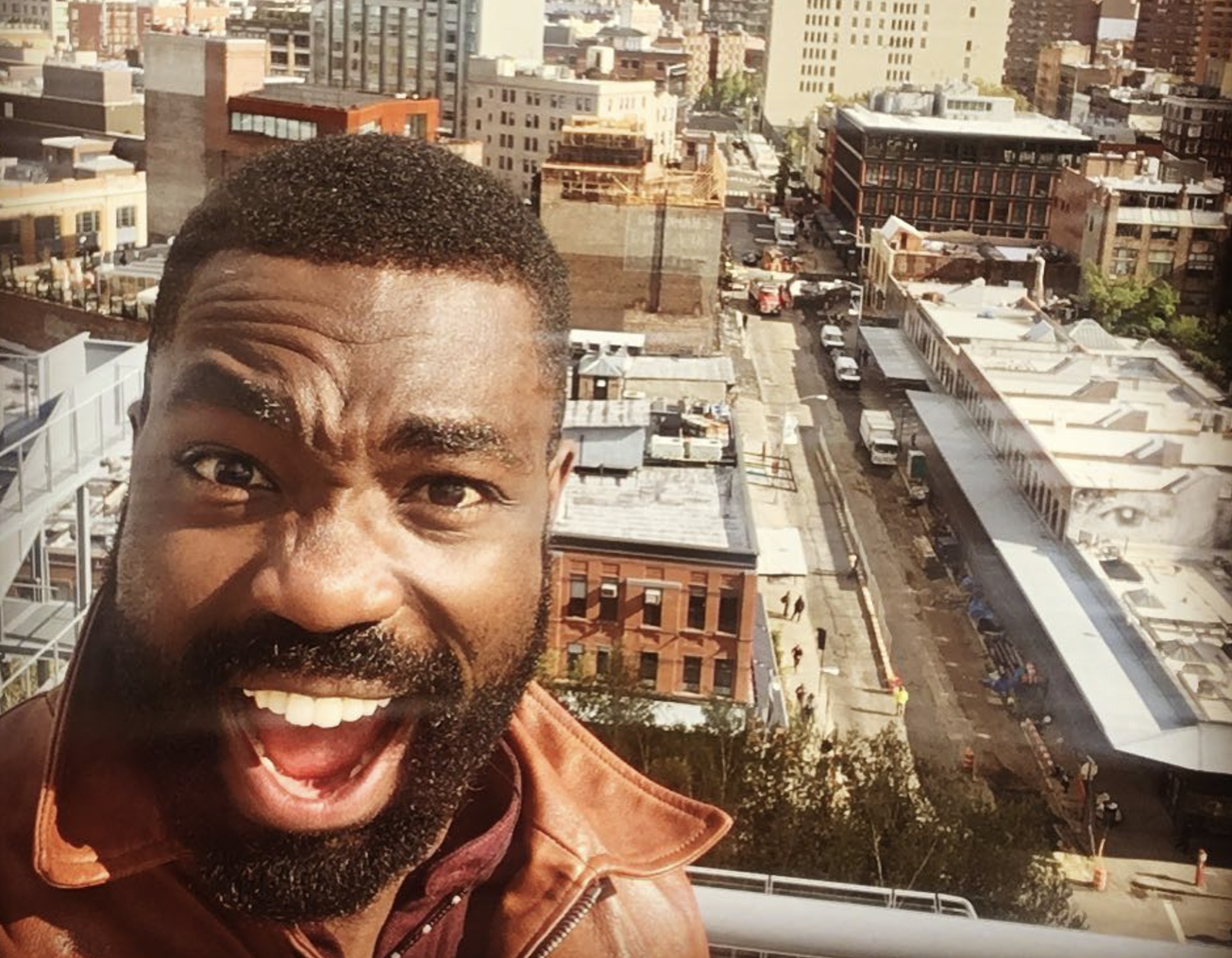Thousands of Palestinian civilians, who were forced to shelter from airstrikes in hospitals, have been trapped as Israel continues its assault on Khan Younis.
Before October 7, Khan Younis was home to approximately 88,000 Palestinians. Since the Israeli military pushed civilians to move from the north to the south of the Gaza Strip, as part of its ground offensive, an estimated 425,000 internally displaced people are now living in the tiny coastal territory.
On Wednesday this week, the Israeli Defence Forces said that it “encircled” the southern city of Khan Younis, Gaza’s second-largest city, after two days of intense fighting with Hamas.
The Israeli military also claimed that the on-the-ground conflict in Khan Younis was the last heavy ground assault that Gaza would see and promised to shift to “lower intensity” behaviours in the coming weeks.
Israel’s “lower intensity” pledge comes after the US called for a “revitalised” Palestinian Authority in Gaza and urged the Jewish state to reduce the intensity of its catastrophic bombardment of the Strip.
The reduced attack on Gaza is yet to be seen as civilians witnessed heavy fighting in regions close to Khan Younis’ three main hospitals.
After already fleeing from northern and central Gaza, medical workers and those who have sought refuge in al-Aqsa Hospital, Nasser Hospital and al-Amal Hospital are struggling to find a safe route out of the facilities and further south.
One building in Khan Younis, operated by the UNHCR and used as a training hub, was struck by an Israeli tank shelling on Wednesday this week.
The training centre was home to 800 internally displaced Palestinian civilians but the siege on the city meant that emergency medical teams were unable to reach the building.
Shortly after the attack, the Director of the UN’s Agency for Palestinian Refugees took to social media to announce that the strike had killed nine people and injured 75 persons.
On behalf of the US State Department, Vedant Patel deplored the attack on the training centre, saying: “Civilians must be protected, and the protected nature of UN facilities must be respected, and humanitarian workers must be protected so that they can continue providing civilians with the life-saving humanitarian assistance that they need.”
While telling reporters that her “teams consistently hear sounds of explosions” near the Khan Younis hospitals, Nebal Farsakh, who works for the Palestine Red Crescent Society (PRCS), also explained: “Ambulance vehicles are currently unable to leave the centre and reach the injured in Khan Younis due to the siege on the centre and no vehicle being able to move.”
After losing contact with medical experts at al-Amal Hospital for a short time this week, Farsakh reiterated: “Palestine Red Crescent’s staff, including medics, medical staff and nurses, in addition to the sick and injured, their lives are all in danger due to the siege.”
Innocent civilians also have their lives endangered by “the continuous presence of the Israeli army in the area”, Farsakh added.
In the past three months, according to the Hamas-run Health Ministry, more than 25,200 Palestinians have been killed in Gaza.
At least 10,000 of those who have been killed in Israel’s bombardment of the Strip, are children.
With a catastrophic number of bodies hidden under rubble and debris, thousands more people have been named as missing or presumed dead.
This week, the Israeli military estimated that some 9,000 Hamas fighters have been “eliminated” since it started its ground offensive in Gaza. The IDF also claimed that more than 1,000 members of the proscribed terrorist group were also killed during its unprecedented attack on Israelis on October 7.
US intelligence agencies also estimate that, in three months of heavy fighting, Israeli forces have killed between 20 and 30 per cent of Hamas militants.







